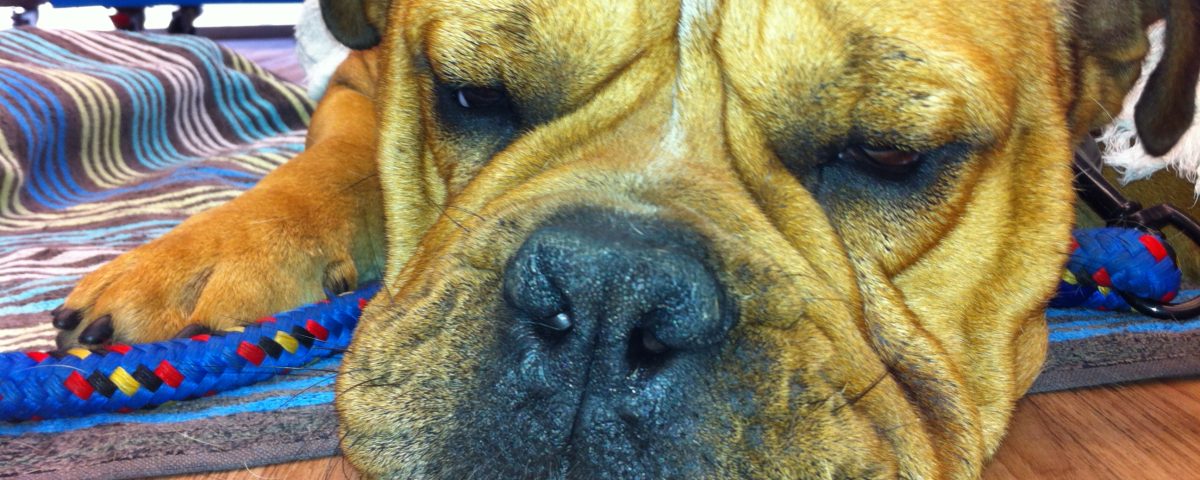Pyometra in dogs – Why you should desex your female dog!


Pyometra is an infection of the uterus (womb). It is a common condition in older female dogs that have not been speyed, but can occur in un-speyed dogs of any age. Occasionally we see cases occurring in cats.
What causes pyometra?
Each time a female dog has a season (usually about twice a year) she undergoes all the hormonal changes associated with pregnancy – whether she becomes pregnant or not. The changes in the uterus that occur with each season make infection more likely with age. A very common organism called E. coli, found in your dog’s faeces, usually causes the infection. We most commonly see cases of pyometra in the 4-6week period after a heat. Injections with some hormones to stop seasons or for treatment of other conditions can also increase the risk of pyometra developing.
What are the signs of pyometra?
Pyometra is of course, only seen in females (since males do not have a uterus). It is more common in older females (above 6 years of age) but can be seen at any age. The signs usually develop around 6 weeks after the female has finished bleeding from her last season, but in some cases the bitch appears to have a prolonged season.
Early signs that you may notice are that your dog has pyometra include:
1. Licking her back end more than normal
2. “Off colour”
3. Off her food
4. Drinking more than normal (and will probably urinate more)
These signs will progress and you may see:
1. Pus (yellow/red/brown discharge) from her vulva if she has an open pyometra – this has a much better prognosis than a dog that has a closed pyo!
2. She may have a swollen abdomen
3. Vomiting
4. Collapse
5. If left untreated signs will worsen to the point of dehydration, collapse and death from septic shock.
Diagnosis
Your vet will probably suspect your dog has a pyometra based on the history, your description of the signs and from their examination of your pet. They may suggest procedures such as ultrasound and blood tests to confirm the diagnosis, rule out other possible causes and to check that your pet is well enough to undergo treatment.
Treatment
The treatment of choice for pyometra is surgery to remove her uterus immediately. The operation is essentially the same as a routine spey, however there is more risk involved and a higher chance of complications when the operation is being carried out on a sick pet. Your dog will also be given intravenous fluids (a drip), antibiotics and pain relief.
Alternative treatment options (Little Critters DOES NOT recommend this an a treatment option)
Medical treatment using prostaglandins is theoretically possible but very rarely chosen. Treatment with prostaglandins is only really possible with an “open pyometra”, where pus is draining from the vulva. In a “closed pyometra” (cervix is closed), treatment with prostaglandins carries a risk of uterine rupture and peritonitis (infection in the entire abdomen).
Treatment often results in signs of distress including restlessness, panting, vomiting, defecation, salivation, and abdominal pain.
It is usually at least 48 hours before any improvement will be seen.
If your dog is severely ill at the time of diagnosis she may die from toxaemia (blood poisoning) before the prostaglandins have a chance to work.
The recurrence rate is high (around 60%).
Your dog’s fertility will be affected, meaning that successful breeding only occurs in a small number of dogs following treatment.
Prognosis and prevention
Most dogs will make a full recovery after treatment for a pyometra, if the condition is caught early. Speying your dog before she develops a pyometra will prevent this condition occurring.

